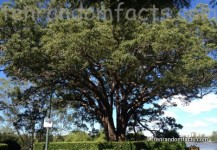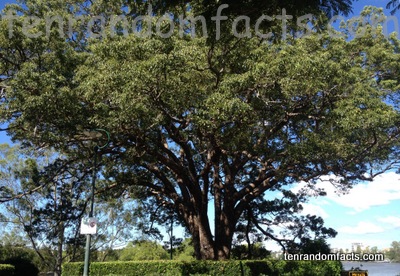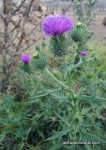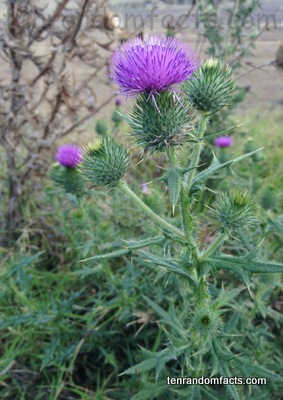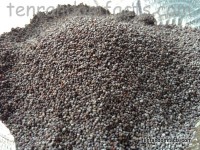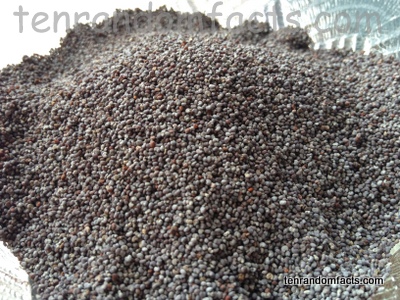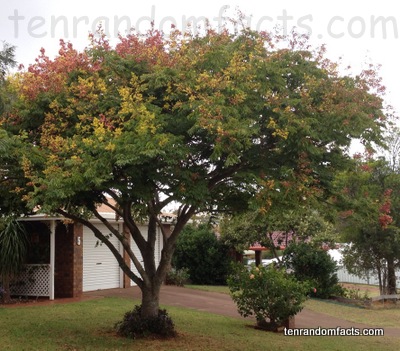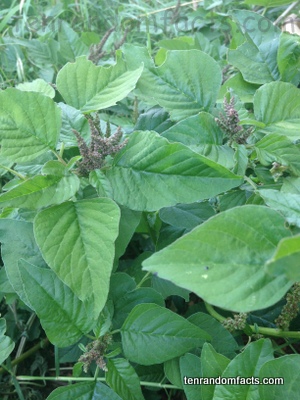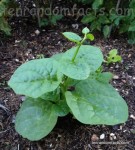
Malabar spinach is not spinach at all.
- Malabar spinach is eaten like a leafy vegetable, and is a perennial vine, although it is often grown as an annual in cooler climates as frost affects the plant.
- ‘Malabar spinach’ is also known as ‘creeping spinach’, ‘climbing spinach’, ‘Indian spinach’, ‘Chinese spinach’, ‘vine spinach’, ‘Vietnamese spinach’ and ‘Ceylon spinach’.
- Malabar spinach has the scientific name of Basella alba, a white flowering, green stem variety, or Basella rubra, a plant that has red stems.
- Malabar spinach is from the family Basellaceae, the family of some flowering plants including a number of other vines, with edible leaves and roots.
- In a tropical environment, a Malabar spinach vine can grow up to a height of 10 metres (33 feet).
- Malabar spinach has thick, green glossy leaves that can grow quite large, and berries that contain a red liquid that can be used as dye.
- Malabar spinach leaves are commonly used in Asian cuisine, either cooked or raw, and they are said to have pepper and citrus flavours when raw, as well as being high in iron, calcium, vitamin C, vitamin A, fibre and other vitamins and minerals.
- Malabar spinach, although named ‘spinach’, is not from the spinach family at all, although it tends to resemble spinach when it is cooked.
- Malabar spinach is a great thickener for soup and other dishes, due to the mucilage (glutinous carbohydrate) content in the plant, that tends to cause the leaves to become slimy if they are cooked for more than a short time.
- Malabar spinach grows best in a sunny area and warm climate, and is a great summer vegetable.
Bibliography:
Basella Alba, 2014, Wikipedia, http://en.wikipedia.org/wiki/Basella_alba
Malabar Spinach, 2013, Survival Food Plants, http://www.survivalfoodplants.com/malabar-indian-spinach-basella-alba/
Stunning (Malabar) Spinach, 2013, A Farm of Your Home, http://www.afarmofyourhome.com/stunning-malabar-spinach/






